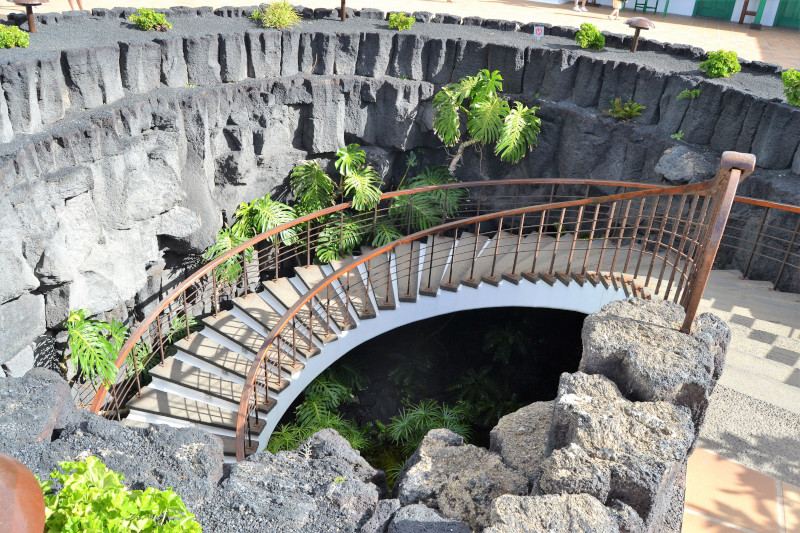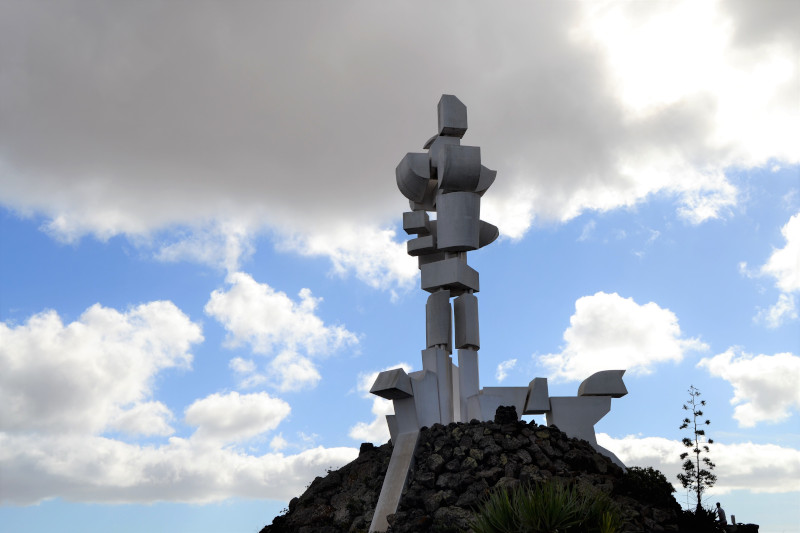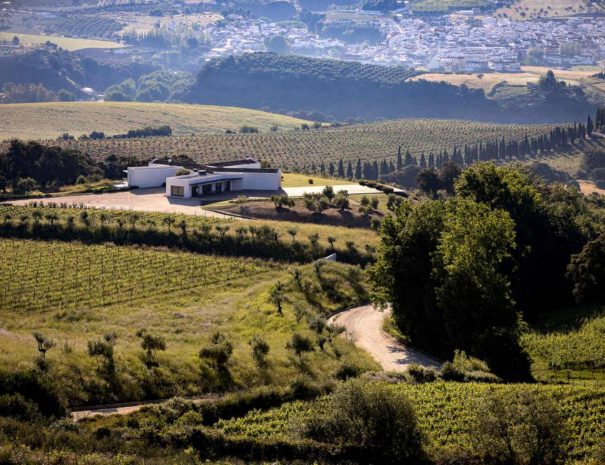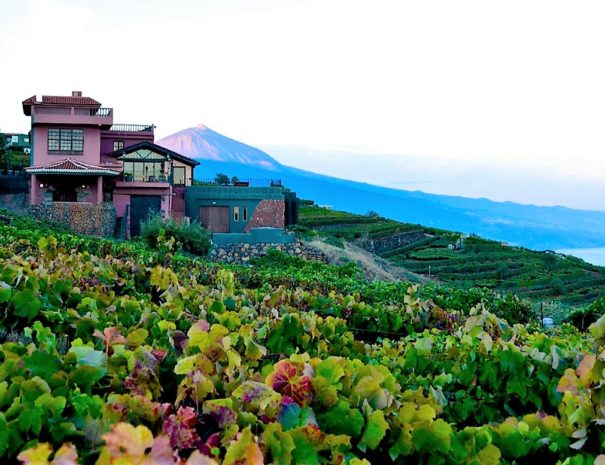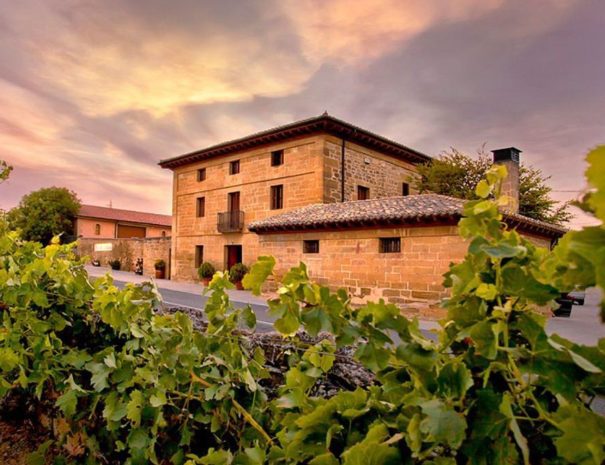
Priorat wine tours from Barcelona
Priorat wine tours from Barcelona. A selection of wine tours to enjoy Priorat and its fantastic landscapes. Vineyards and olive trees plantations can be enjoyed in a landscape full of ancient villages, hills and wineries … Read More

